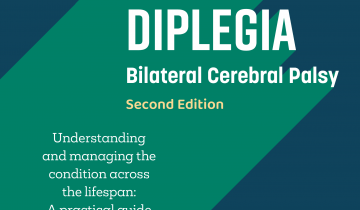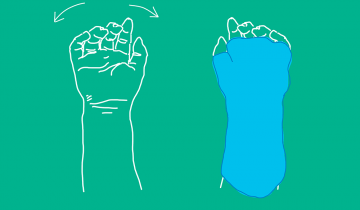Bimanual therapy, also referred to as intensive bimanual training, engages patients in active play or practice to improve the use and coordination of both hands. Bimanual therapy is different from similar unimanual therapies, like constraint-induced movement therapy (CIMT), because it promotes simultaneous use of both hands.
An empowering and evidence-based guide for living a full life with spastic diplegia–bilateral cerebral palsy.

Upper limb therapies and interventions have been well studied in cerebral palsy. Different interventions that have good evidence are Constraint Induced Movement Therapy (CIMT) and Bimanual Therapy. CIMT has been shown to be successful in children with hemiplegic cerebral palsy (CP). CIMT uses a splint to physically constrain the uninvolved arm and encourage them to use the more involved or affected arm.

